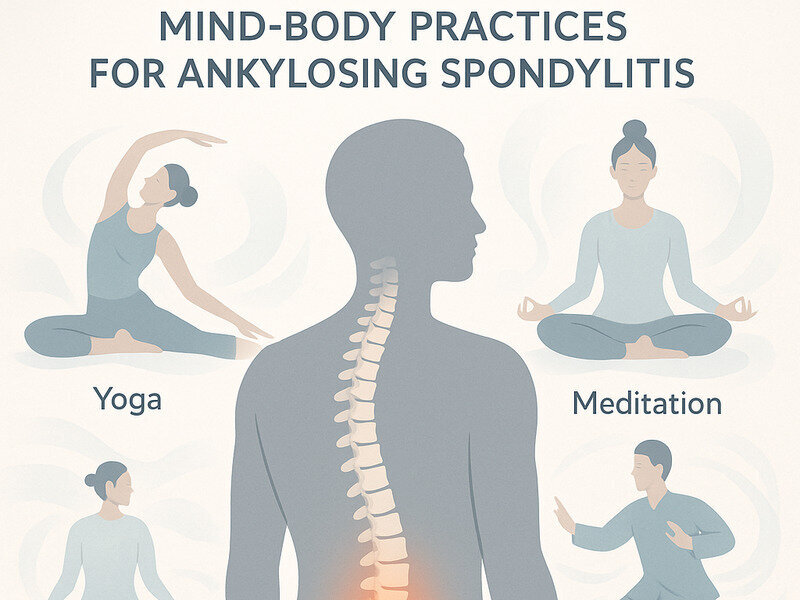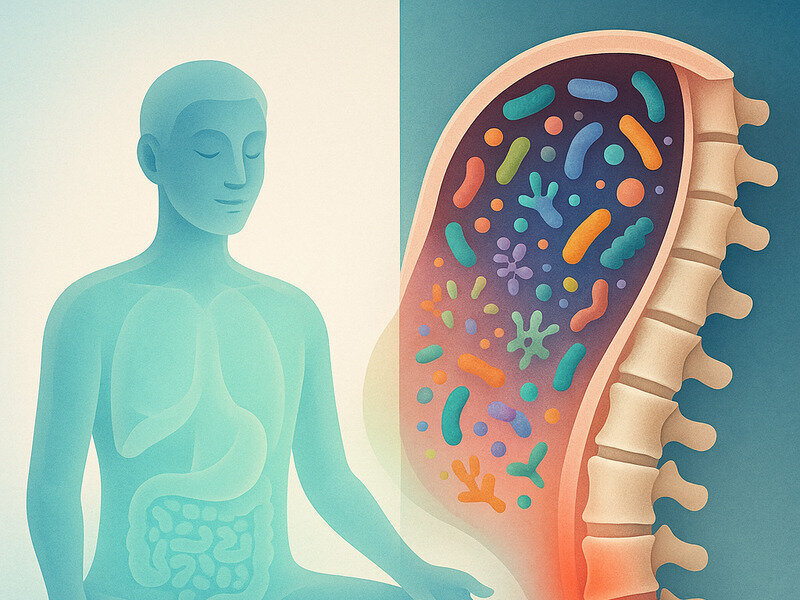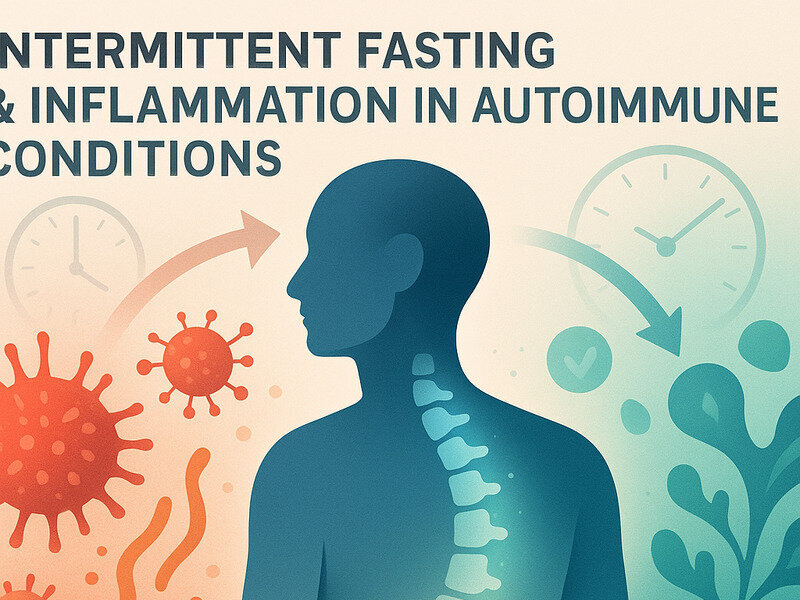
Ankylosing spondylitis (AS) is a chronic inflammatory disease primarily affecting the spine and sacroiliac joints, leading to pain and stiffness. While pharmacological treatments are central to managing AS, many individuals seek complementary approaches to alleviate symptoms and improve quality of life. Mind-body practices, which integrate mental and physical exercises, have gained attention for their potential benefits in managing AS symptoms. This article explores how these practices may help reduce AS symptoms, providing a detailed understanding of their mechanisms and potential benefits.
Understanding Ankylosing Spondylitis
AS is part of a group of diseases known as spondyloarthritis, characterized by inflammation of the spine and large joints. The exact cause of AS is not fully understood, but genetic factors, particularly the HLA-B27 gene, play a significant role. Symptoms often begin in early adulthood and include chronic back pain, stiffness, and reduced mobility. Over time, inflammation can lead to the fusion of vertebrae, resulting in a loss of spinal flexibility.
Traditional management of AS includes nonsteroidal anti-inflammatory drugs (NSAIDs), biologics, and phy...
Premium preview
Premium members unlock the full article—complete step-by-step routines, deeper coaching notes, and exclusive frameworks.


